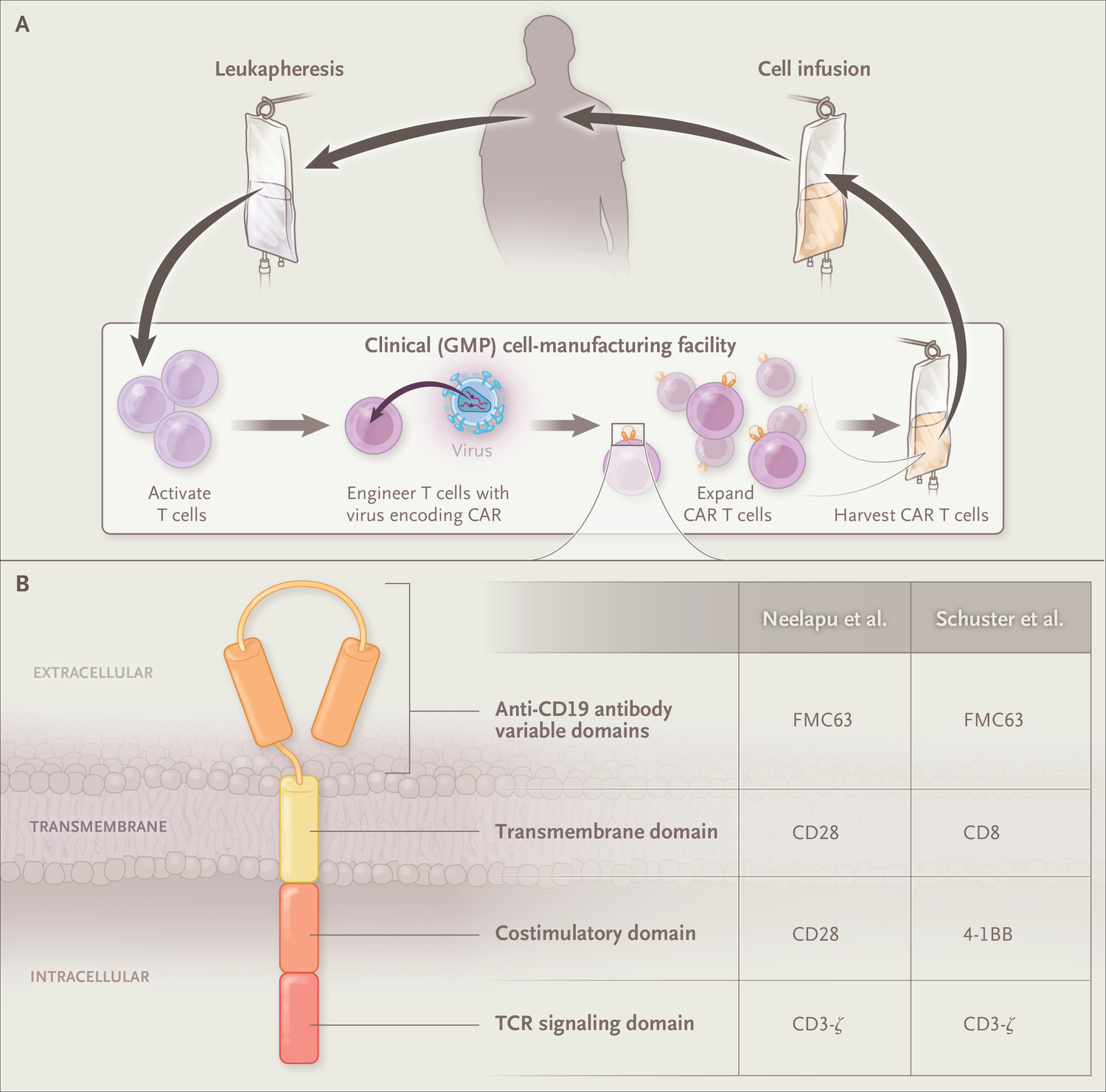
This brief and final post (for the year 2017, and a couple of months thereafter) is on basic research and medicine, in light of (my) primary focus for 2018.
In general, great expectations for advanced medicine in 2018 have already been set, and as outlined on the Economist - the world has arrived at the threshold of an exciting medical future (1-3).
The multidisciplinary nature of biomedical engineering has often produced scientific successes as it merged science and engineering effectively, for promising answers (4), (5) (Fig 1). Basic research experiments aim to equally advance scientific knowledge (and solve problems), although more so as a field of exploration, without an immediate endpoint (6), (7). The principal goal of the research field is to understand the biological function of newly discovered molecules (8) (9), malignant cells (10), identify key interactions between proteins (11), mitigate biological phenomena (12) and recognize disease mechanisms/pathways, hitherto little-understood (13-15).

While the redeeming qualities of basic biology may not become immediately apparent, the expansion of new knowledge has often led to breakthroughs in medicine, years and decades later (12-15). Basic research ultimately fuels innovation in applied sciences, while advancing fundamental knowledge to either refute or support theories. As with science in general, the pure research field is a way of thinking to find answers.
Poster Image: Silencing is golden: A new era of medicine will come into view - The Economist.
References:
- Eisenberg, L. Science in medicine: Too much or too little and too limited in scope? American Journal of Medicine 84, 483-91 (1988).
- Berg, H. & Marijke, V.D. A Cure for Hemophilia within Reach. The New England Journal of Medicine, Editorial (2017).
- Carter, A.C., et al. Challenges and recommendations for epigenomics in precision health. Nature Biotechnology 35, 1128-1132 (2017)
- Fereidouni, F., et al. Microscopy with ultraviolet surface excitation for rapid slide-free histology. Nature Biomedical Engineering 1, 957-966 (2017).
- Tran, E., et al., A Milestone for CAR T Cells. The New England Journal of Medicine, Editorial (2017).
- Poornima I.G., et al., Diabetic cardiomyopathy: The search for a unifying hypothesis. Circulation Research 98, 596-605 (2006).
- Wiznerowicz, M.& Trono, D. Harnessing HIV for therapy, basic research and biotechnology. Trends in Biotechnology 23, 42-47 (2005).
- Lee, R.T., et al. Thioredoxin and thioredoxin target proteins: From molecular mechanisms to functional significance. Antioxidants & Redox Signaling 18, 1165-1207 (2013).
- Gavathiotis, E., et al. Bax activation is initiated at a novel interaction site. Nature 455, 1076-1081 (2008).
- Brown, J. M. Exploiting the hypoxic cancer cell: mechanisms and therapeutic strategies. Molecular Medicine Today 6, 157-162 (2000).
- Zhou, J. & Chang, W.J. Roles of thioredoxin binding protein (txnip) in oxidative stress, apoptosis and cancer. Mitochondrion 13, 163-169 (2013).
- Xue, G., et al. Treatment of autosomal dominant hearing loss by in vivo delivery of genome editing agents. Nature Letter, (2017).
- Fajardo-Ortiz, D., et al. The emergence and evolution of the research fronts in HIV/AIDS research. PLoS ONE 12, (2017).
- Banchereau, J. & Palucka K. Immunotherapy: Cancer vaccines on the move. Nature Reviews Clinical Oncology 15, 9-10 (2018).
- Schilling, J.D. & Mann, D.L. Diabetic cardiomyopathy: Bench to bedside. Heart failure clinics 8, 619-631 (2012).





Please sign in or register for FREE
If you are a registered user on Research Communities by Springer Nature, please sign in